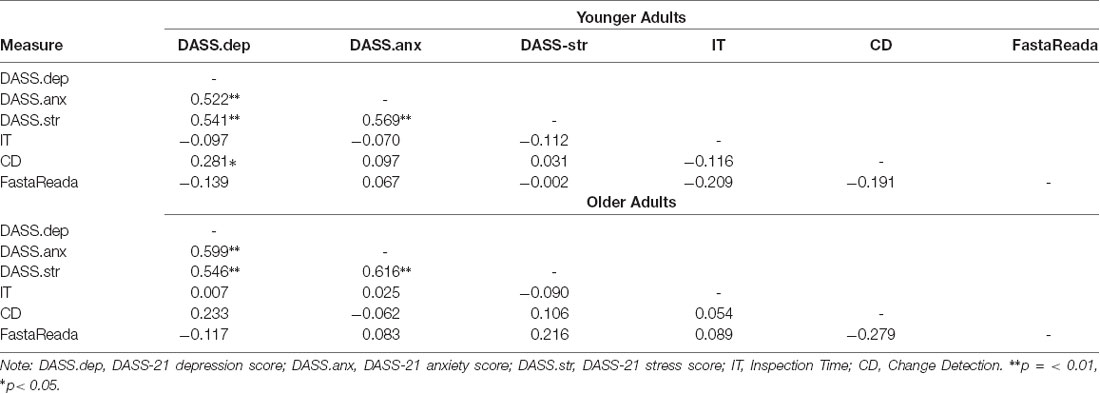

Improvement was observed over the 8-yr period in the mean longest digit span forward score but not in the mean longest digit span backward score. Relative to norms for normal-hearing children, Digit Span scores were well below average for children with CIs at both elementary and high school ages. Sentence durations obtained from the McGarr speech intelligibility test were used as a measure of verbal rehearsal speed. In addition to completing a battery of conventional speech and language outcome measures, subjects were administered the Wechsler Intelligence Scale for Children-III Digit Span subtest to measure immediate verbal memory capacity. Of an initial sample of 180 prelingually deaf children with CIs assessed at ages 8 to 9 yrs after 3 to 7 yrs of CI use, 112 returned for testing again in adolescence after 10 more years of CI experience. In this study, we examined the development of factors related to the quality of phonological information in immediate verbal memory, including immediate memory capacity and verbal rehearsal speed, in a sample of deaf children after >10 yrs of CI use and assessed the correlations between these two process measures and a set of speech and language outcomes.

Little attention has been devoted to understanding the basic underlying core neurocognitive factors involved in the development and processing of speech and language. Conventional assessments of outcomes in deaf children with cochlear implants (CIs) have focused primarily on endpoint or product measures of speech and language.


 0 kommentar(er)
0 kommentar(er)
